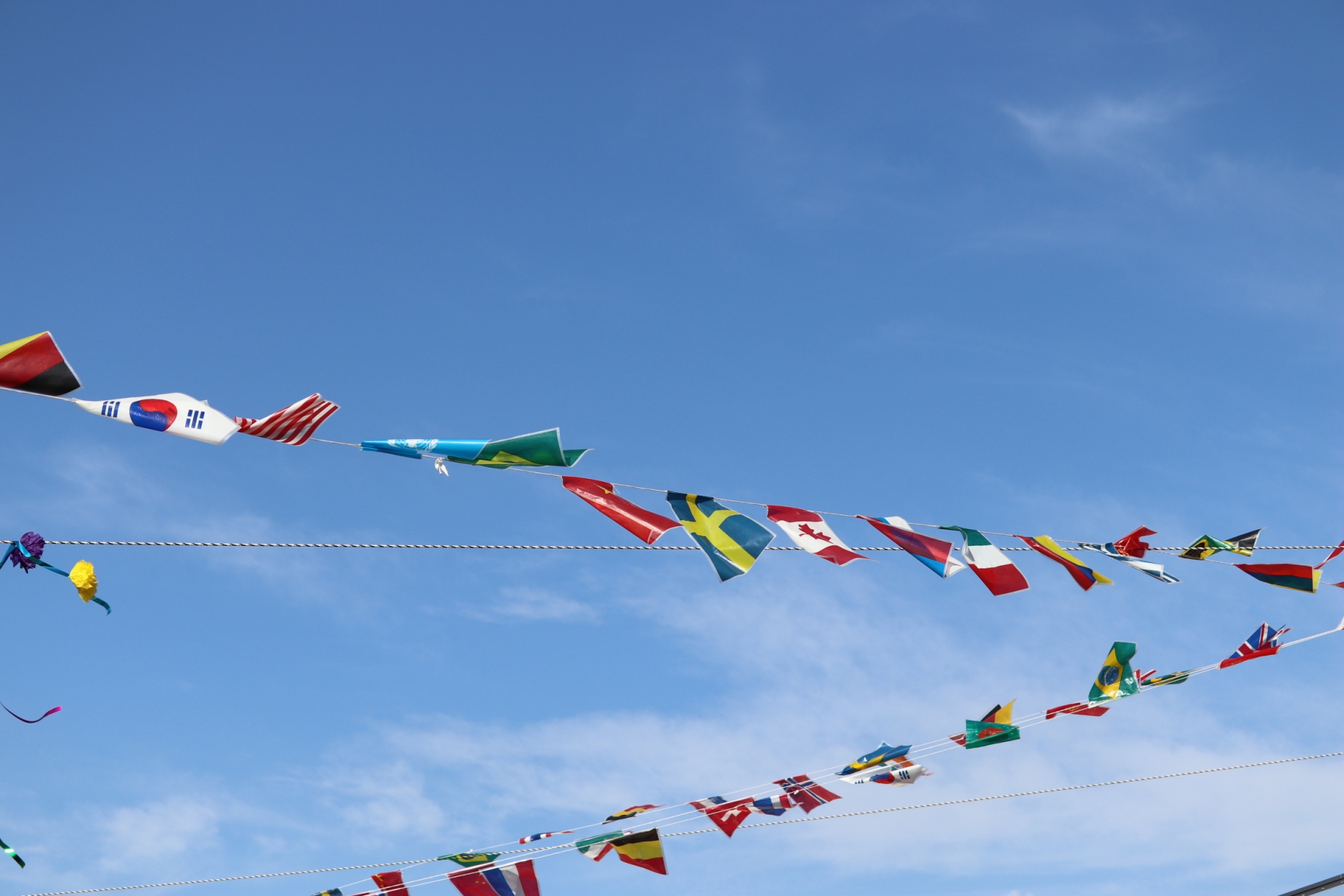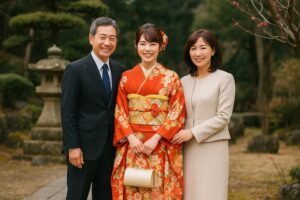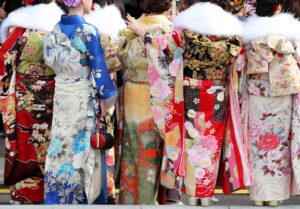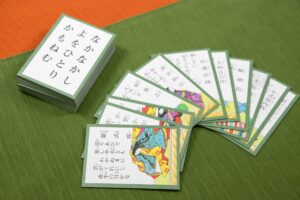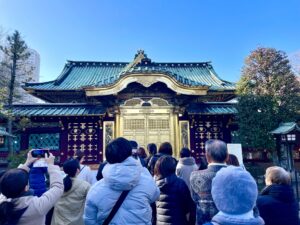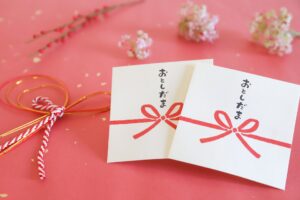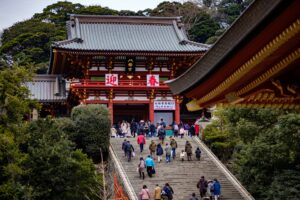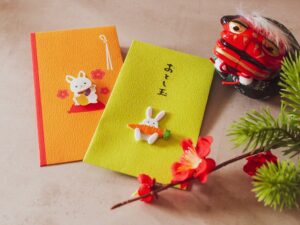School sports festivals, known as Undokai in Japan, are an essential part of the school year. They are not only athletic events but also cultural and social gatherings that promote teamwork, discipline, and community spirit. Whether you’re a parent new to Japan, an educator studying international school traditions, or simply curious about Japanese culture, this guide offers a comprehensive look at what makes Undokai special, what to expect, and how to participate.
What Is a School Sports Festival in Japan?
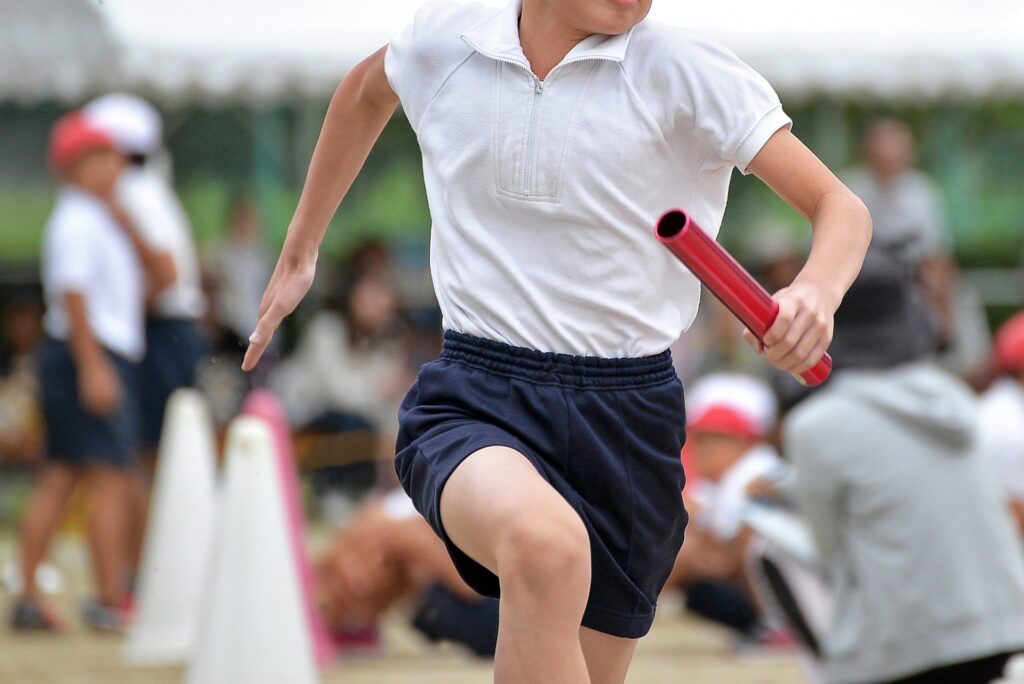
School sports festivals in Japan, commonly known as Undokai (運動会), are one of the most anticipated events of the academic year. These events are held annually, often in late spring (May) or early autumn (September or October), depending on the region and school. Unlike typical Western sports days, Undokai is not solely about athletic competition. It is a deeply rooted cultural and educational tradition that reflects the values of teamwork, discipline, and community engagement.
Originating during the Meiji era as part of Japan’s efforts to modernize its education system, Undokai was inspired by British sports days but evolved into a uniquely Japanese event. It typically involves every student, teacher, and many parents, serving as a showcase of collective effort and harmony. The focus is not on winning individual prizes but on strengthening group unity and school spirit.
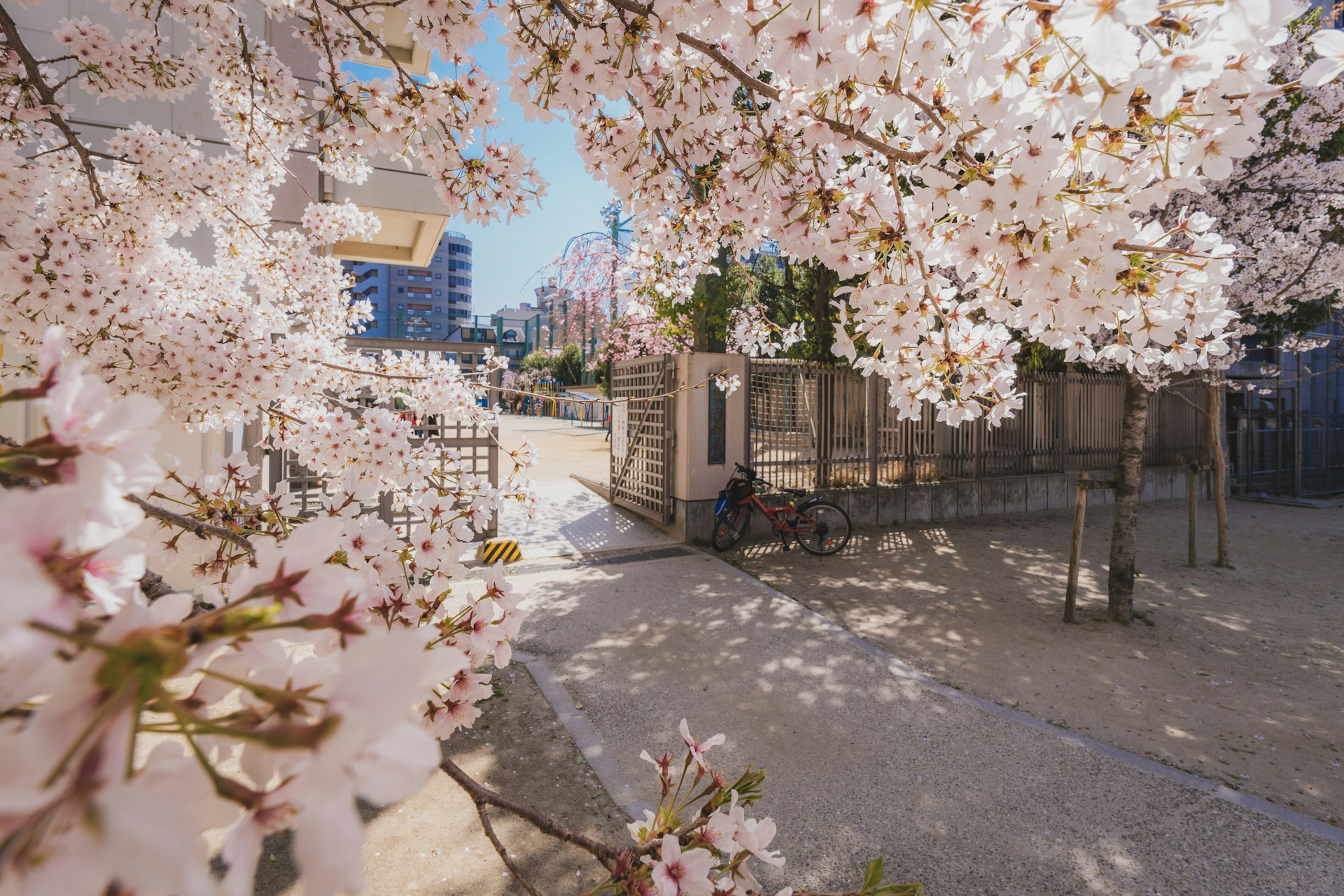
What Happens During a Japanese Sports Festival?
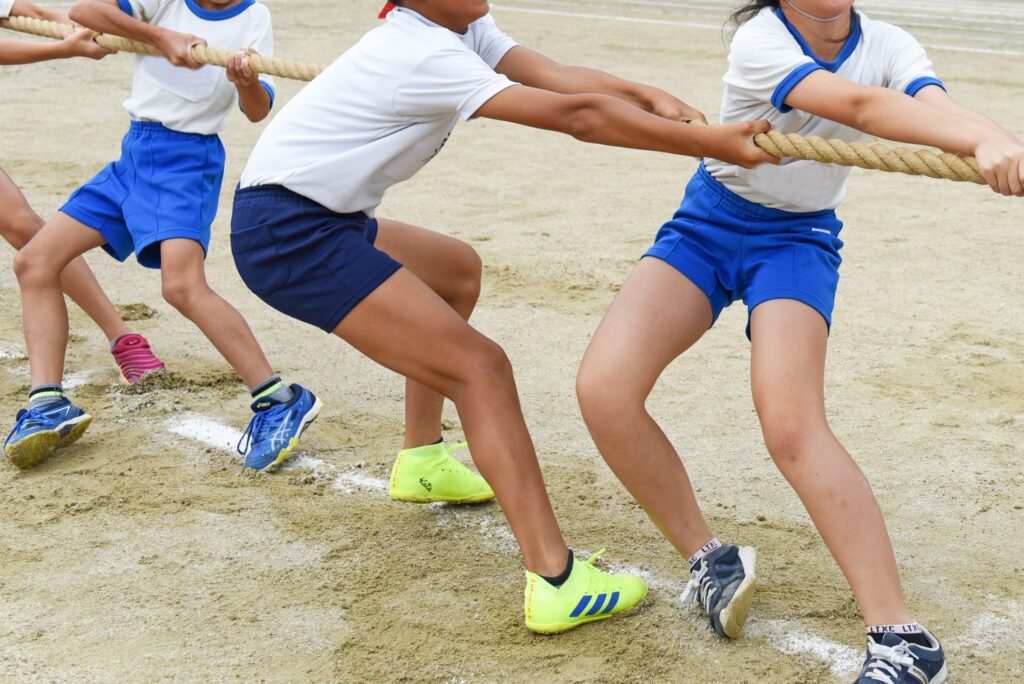
A typical Undokai is a full-day event held on the school’s athletic grounds. The day begins with an opening ceremony featuring formal greetings, student speeches, and the national anthem. Participants are usually divided into color-coded teams (often red and white), which fosters a friendly competitive atmosphere.
Throughout the day, students compete in a variety of events, ranging from traditional races to highly choreographed group performances. Spectators can expect a festive environment filled with cheering, school flags, team banners, and rhythmic music. Teachers serve as organizers and referees, while parents cheer on from picnic areas often set up around the perimeter.
Closing ceremonies are equally significant, with award presentations, team reflections, and sometimes a closing song or dance. The event emphasizes shared accomplishment over individual accolades, leaving participants with a deep sense of belonging and pride.
Typical Events and Games
Some of the most beloved and iconic Undokai events include:
- Relay races (Riree) – Classic baton-passing sprints among grade levels
- Obstacle courses (Kabe-nobori) – Creative challenges like crawling, jumping, or climbing
- Ball toss (Tamaire) – Teams try to toss balls into a high basket within a time limit
- Tug-of-war (Tsunahiki) – Two teams battle in strength and coordination
- Mock cavalry battle (Kibasen) – Groups of students work together to capture opponents’ headbands
- Pole-toppling (Bo-taoshi) – Older students attempt to topple the opposing team’s pole
- Giant ball rolling (Oodama korogashi) – Teams roll enormous balls across the field
- Mass calisthenics (Rajio Taiso) – School-wide synchronized warm-ups or performances
These events are selected to test endurance, strategy, balance, and—most importantly—cooperation.
The Role of Teamwork and Group Spirit
Undokai is not about who runs the fastest or jumps the highest; it’s about how well students can work as a team. Japanese schools emphasize group success, where even the most athletically gifted students must collaborate and support their classmates. From uniformed group dances to carefully synchronized cheers, every aspect reinforces group cohesion.
Teams are often color-coded (e.g., red vs. white), and chants and cheers are rehearsed beforehand. Points are awarded not just for winning races but for teamwork, sportsmanship, and enthusiasm. This unique approach fosters camaraderie, resilience, and a sense of shared purpose that extends beyond the sports field.
How Do Parents Participate in Japanese Sports Festivals?
Parents play an integral role in Undokai, both logistically and emotionally. They help with preparation days in advance, including setting up tents, organizing food, and sometimes volunteering as support staff. On the day of the event, many schools host special races for parents, offering a chance to get directly involved and create lasting memories with their children.
Parent attendance is almost universal, and they often bring elaborate bento lunches to share with their children during the mid-day break. Cheering is expected but should be polite and measured—screaming or disruptive behavior is discouraged. Photography is common, but schools may have rules about camera placement and ensuring that the privacy of other students is respected.
What to Bring and How to Prepare
For parents attending their first Undokai, here is a helpful checklist:
- Picnic sheet or mat
- Homemade or store-bought bento box
- Thermos or bottled drinks
- Umbrella or sunshade (no tents unless allowed)
- Sunscreen and hats
- Comfortable clothing and footwear
- Camera or smartphone (follow photography rules)
- Trash bags (clean-up is expected)
Cultural expectations include maintaining cleanliness, being respectful during announcements or ceremonies, and not obstructing others’ views. Asking teachers or other parents about etiquette in advance can help avoid any unintentional faux pas.
Cultural and Educational Significance of Undokai
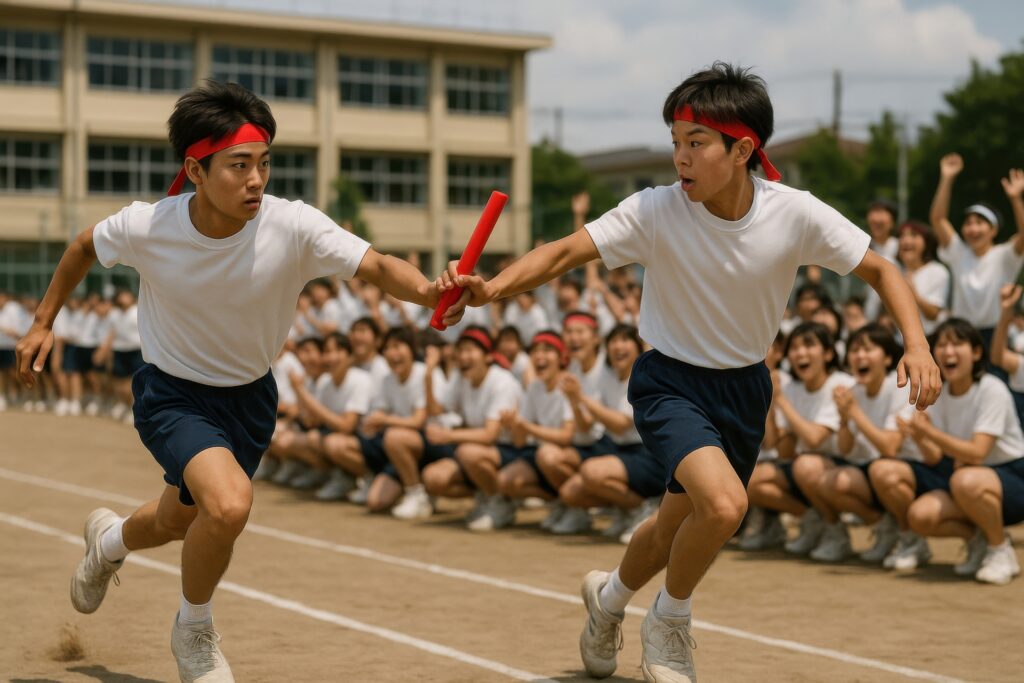
Undokai goes beyond athletics—it is a reflection of core Japanese values. It teaches children discipline, perseverance, mutual respect, and group responsibility. Schools use it as a practical extension of moral education, blending physical training with life skills.
From an early age, students learn to support each other, handle losses gracefully, and take pride in group accomplishments. Teachers often prepare lessons or class activities tied to the event, and students are evaluated not just on performance but on their behavior and effort.
It also serves as a bonding event for families and local communities, strengthening relationships between schools and neighborhoods. Alumni, grandparents, and neighbors often attend, contributing to the festival’s multigenerational atmosphere.
How Does It Compare to Western Sports Days?
Compared to Western-style sports days, Japanese Undokai stands out for its collective focus. In many American or British schools, sports day centers on individual achievement, timed races, and medals. In contrast, Undokai prioritizes group synchronization, moral values, and ceremonial elements.
Japanese students practice for weeks in advance, not just for races but for dance routines and chants. The event is treated with a formality and seriousness that reflects the educational system’s broader emphasis on discipline and unity. Additionally, parental participation is much more significant in Japan, with entire families often taking a day off to attend.
Tips for Foreign Families Attending Their First Undokai
Attending your first Undokai as a foreign parent can feel overwhelming, but preparation goes a long way. First, don’t hesitate to ask your child’s teacher for details about the schedule, dress code, and your expected role. While English-language support may be limited, many teachers are patient and willing to help.
Wear casual but neat clothing and consider bringing translation tools (apps or phrasebooks) if needed. Bring food your child enjoys, especially if they have dietary restrictions. Also, arrive early to claim a good spot, but always respect reserved areas and follow school rules.
Most importantly, enjoy the experience! Undokai is a chance to immerse yourself in a treasured aspect of Japanese life and to cheer on your child as they take part in something meaningful.
Handling Dietary Needs or Religious Considerations
Families with dietary restrictions—whether due to allergies, religious beliefs, or cultural preferences—should communicate with school staff well in advance. Japanese schools are generally accommodating when informed ahead of time.
Here are some useful strategies:
- Send a note in Japanese (use a translator if needed) outlining the restriction
- Provide your child with a separate lunch and snacks
- Inform your child’s teacher discreetly to avoid embarrassment or confusion
For example, Muslim families may want to avoid pork or non-halal meats, while parents of children with nut allergies should confirm whether shared foods are allowed. Online communities like Reddit’s r/JapanLife or InterNations forums are excellent resources for sharing advice and experiences.
Regional and Local Variations Across Japan
While the core structure of Undokai is consistent across Japan, local variations add unique flavors to the event. In rural regions like Kagoshima, schools may include traditional folk dances or local music. In Hokkaido, some schools schedule the event earlier due to colder autumns.
In urban areas, events may be shorter due to space or scheduling constraints. Some schools collaborate with community centers or involve elderly residents in intergenerational activities. Others add creative games or mascots representing the town or school.
These regional distinctions highlight how Undokai adapts to its cultural and geographic context while maintaining its essential values.
Final Thoughts: Why Undokai Matters in Japanese Life
Undokai is more than a school event—it’s a cultural institution. It brings together families, educators, and communities in a celebration of growth, cooperation, and perseverance. Through colorful races, heartfelt chants, and quiet moments of teamwork, it encapsulates what Japanese education and society strive to teach: harmony over competition, effort over outcome, and unity over individuality.
For visitors, educators, or new residents in Japan, attending an Undokai is a powerful way to witness Japanese values in action. And for the children who participate, it’s a memory that lasts a lifetime.

